Two years ago, classic ’90s anime/manga Rurouni Kenshin made its way to the big screen. It was an excellent live-action adaptation — easily one of the best I have ever seen. The second film, Rurouni Kenshin: Kyoto Inferno, is equally as well done — something even more impressive given the amount of story it has to cover.
Good — Excellent Practical Action
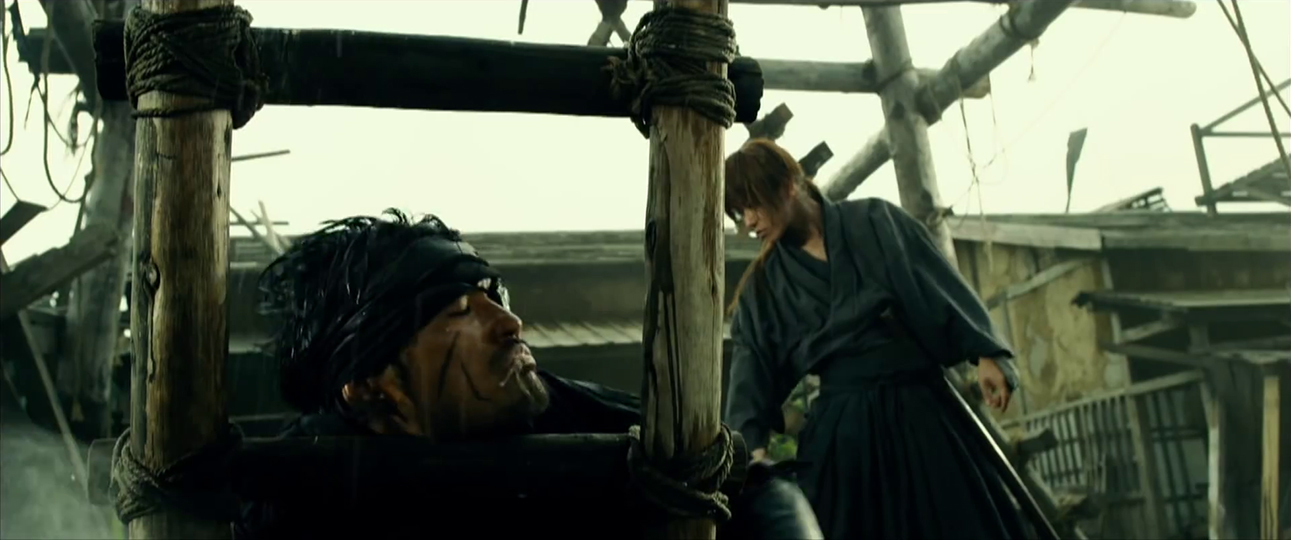
Two years ago, I spent an entire section of the review for the first film ranting about how much I enjoyed the fight choreography and practical effects; this second Kenshin film puts the first one to shame in that department. There are a good half-dozen fight scenes over the course of the film and each is excellent. The choreography is as complex as it is enjoyable and CG are left to the occasional blood splatter and nothing more.
While the action is fast, it still clear at any given moment what is going on — even in scenes where Kenshin is fighting literally dozens of men at once. This is due to not only the cinematic skill present in the film, but also due to the costumes which are clearly designed to make the leads stand out — especially in the fight scenes set at night.
Good — Covers a Lot of Ground
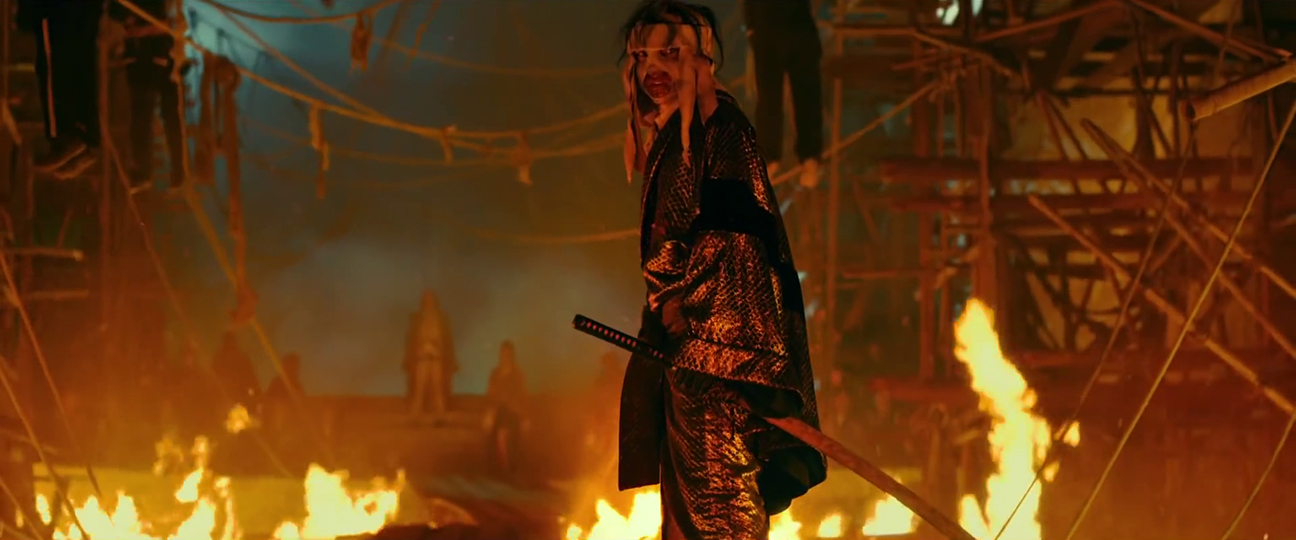
While Kyoto Inferno is around two and a half hours long, it feels like five when watching. This is not due to it feeling monotonously slow or anything of the like, but rather due to just how much is packed into every second of the film. Kyoto Inferno covers a massive chunk of the story — easily over half of the entire Shishio arc. In fact, it almost feels like four or five episodes of a TV series with semi-distinct episodes by the time you reach the end.
Make no mistake, though, there is a vast amount of plot cut for this adaptation. However, the core of the story remains — as do most of the vital plot scenes and iconic moments. And while the story does flit from one (often unrelated) plot point to the next, it is still quite easy to follow despite the density of the script.
Good — Manages a Huge Cast
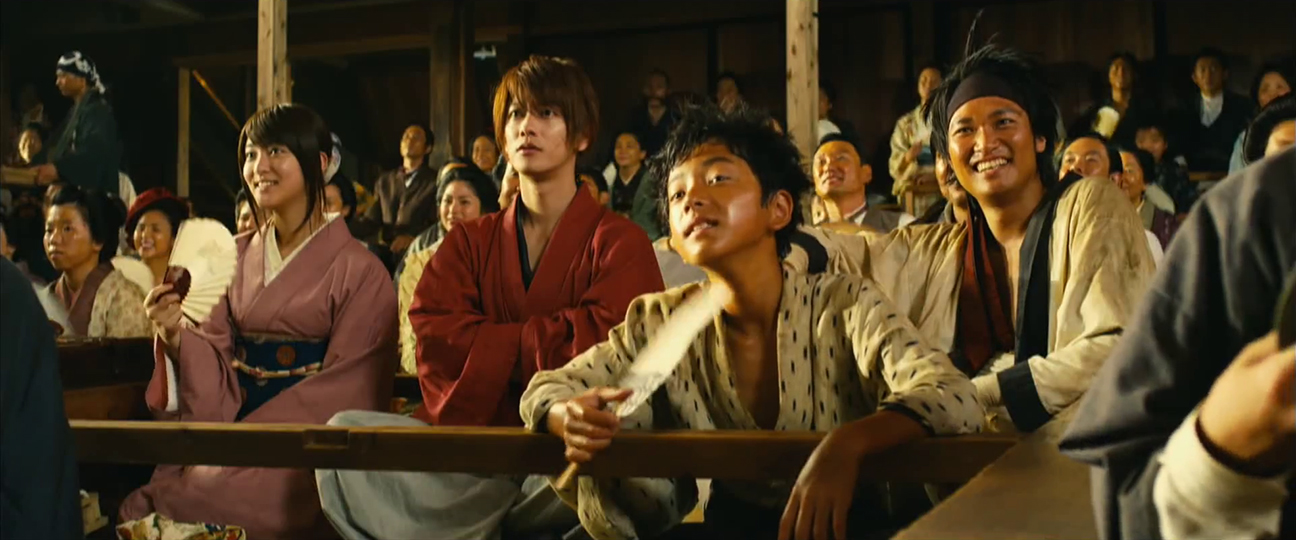
With a plot covering so much of the story, there is, expectedly, a huge cast. There is Kenshin’s group of six, Shisho and his group, Aoshi, Misao, Nenji, and the rest of the ninja clan to top it off. And that’s not even counting the numerous one-off characters that Kenshin meets on his travels.
With so many characters, it’s actually rather surprising how well developed most of them are. Kenshin deals with his past struggles; Misao and the ninja clan are rather well fleshed out; and Shishio gets a full on flashback detailing his backstory. Moreover, instead of simply dumping exposition on us in one big chunk, the character development is spread rather evenly across the film. It almost cycles through the characters, revealing a bit more about each every time the movie comes around to them. Of course, out of all the characters in the film, one deserves special attention due to the events of the first film.
Mixed — Written into a Corner
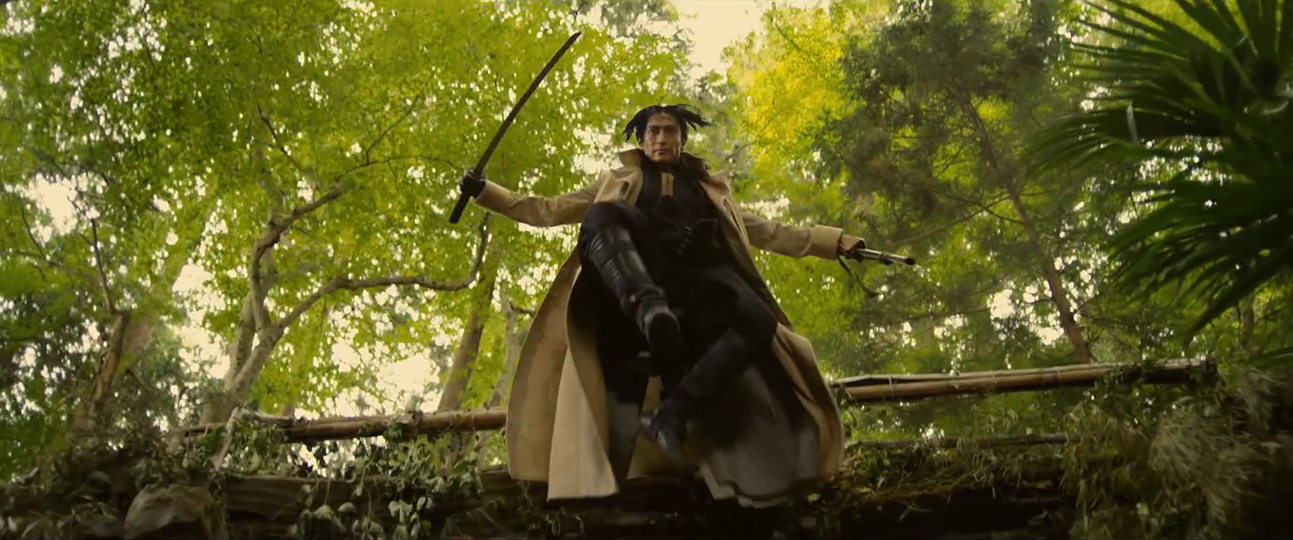
When the first Kenshin live-action movie was made two years ago, it was clearly made with the assumption that it would be a standalone film. Therefore, in order to better transpose the lengthy manga plot into film form, many abridgments were made to focus the story. One of these abridgments involved completely cutting out the character Aoshi — which is problematic given his role in the rest of the series. Thus, the filmmakers were faced with a choice when it came to this second film: cut him completely again or figure out a way to reintroduce him into the story. They chose the latter.
In the manga/anime, Aoshi is a broken man due to losing his friends when battling alongside Kenshin in the first arc of the story. Looking for meaning in his life, Aoshi decides that beating Kenshin and becoming the strongest swordsman in Japan is the only way to relieve his survivor’s guilt.
In this film however, he is far less sympathetic as the tragedy of his friends’ death is unrelated to Kenshin — and took place a decade before instead of just a matter of months before, meaning Aoshi has spent that long on his hunt. Therefore, Aoshi is more of a maniac wanting to kill Kenshin just because he was the strongest warrior a decade in the past.
Further removing any sympathy, Aoshi is depicted as being horrifically brutal and without mercy in chasing after his goal, including torturing and/or killing those who withhold information about Kenshin’s whereabouts — regardless of whether they are stranger or family. In the context of the film, he works well enough as a wildcard villain. However, fans of the manga and anime may understandably be upset by his portrayal in this movie.
Bad — Unable to Hear Thoughts
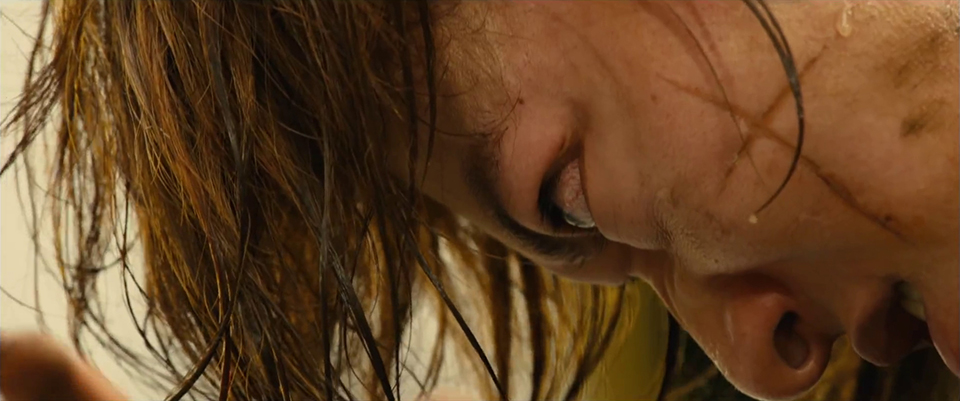
Though a shonen manga with tons of fighting and other action, many of the best conflicts in Kenshin are the internal ones. Kenshin, as a character, is a man looking for atonement. While he was on the winning side of Japan’s final civil war, all the people he killed during the war left a profound effect on him. With the end of the war, he vowed never to kill again and took up his reverse-bladed sword.
Thus much of the conflict of Kenshin is the emotional one as he tries to keep this vow. One of the films climaxes is built around him being forced into a situation where he must kill a man or leave a child to die. Yet, sadly, while in the manga we are privy to this conflict as we can read the thoughts of Kenshin and those around him, the film has no equivalent narrative device to show the havoc this choice is wreaking upon his soul. Instead, Kenshin appears to fight his opponent non-lethally until he simply seems to grow so angry he breaks his rule.
And while, to their credit, the actors do their bests to show the internal conflict through their actions and facial features, much of the film’s emotional conflict is lost as there is no readily available form of exposition.
Final Thoughts
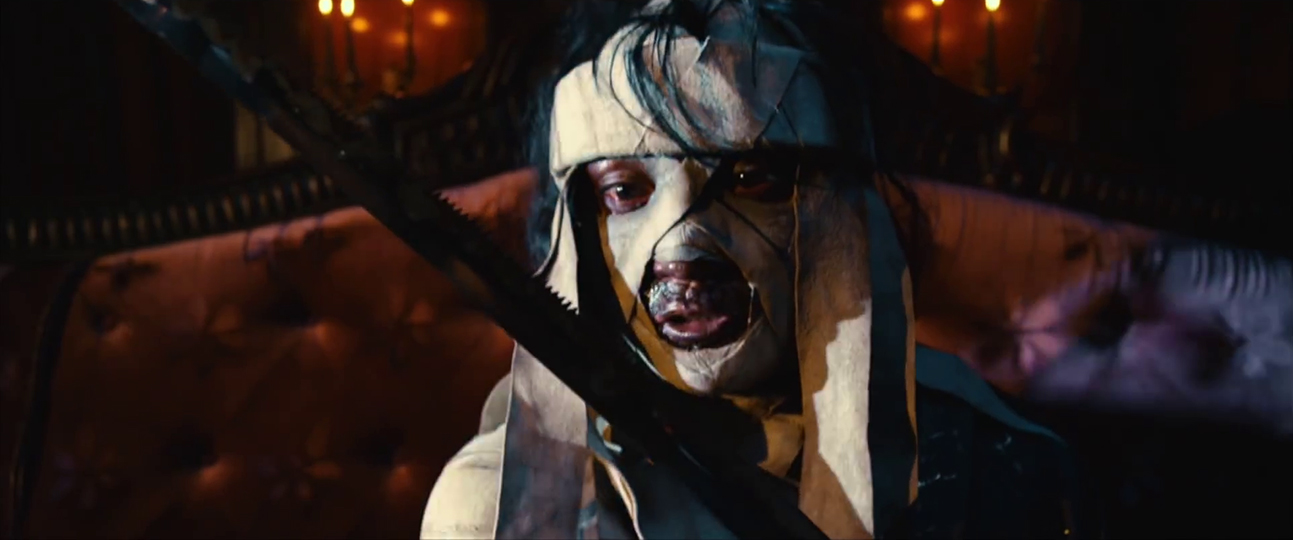
Rurouni Kenshin: Kyoto Inferno was on par with the first movie in the series in most aspects and better in others — namely the fight choreography. Its only weaknesses come from the very nature of the medium — i.e., being unable to hear the character’s thoughts — and attempting to patch over the last film’s most glaring omission. If you are a fan of Kenshin, you are likely to enjoy this film as much as I did. And if you are a newcomer, this film simplifies the story while still leaving it jam-packed with epic moments and interesting characters. So no matter who you are, give it a watch.
Rurouni Kenshin: Kyoto Inferno was released in Japanese theatres on August 1, 2014. It premiered in the West at Canada’s Fantasia International Film Festival on August 3, 2014.
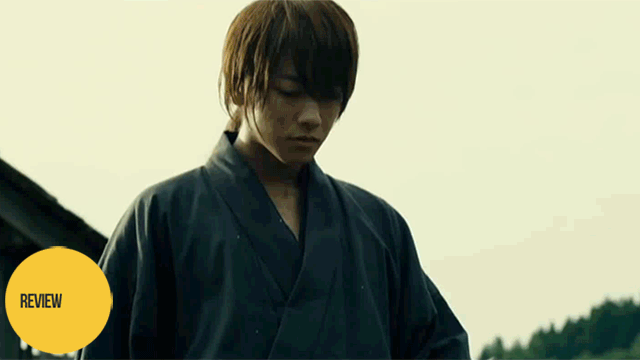
Comments
3 responses to “The Second Kenshin Film Is Just As Good As The First”
I didn’t even know these movies existed!
Where can we even watch this? Legally
I loved the first one! Fantastic news 😀